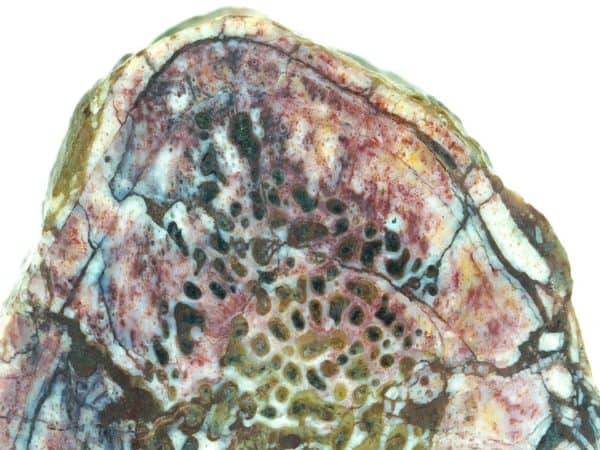
 Organic proteins may be more durable than we thought. A team of Taiwanese, Chinese and Canadian scientists have identified protein remains in dinosaur fossil samples, a find that pushes back the longevity of organic compounds by at least 100 million years and could open up a whole new approach to evolutionary science.
Organic proteins may be more durable than we thought. A team of Taiwanese, Chinese and Canadian scientists have identified protein remains in dinosaur fossil samples, a find that pushes back the longevity of organic compounds by at least 100 million years and could open up a whole new approach to evolutionary science.
For quite some time now, the general consensus among the scientific community has been that while fossil remains can tell us a lot about the kinds of creatures that roamed the earth tens and hundreds of millions of years ago, there is no chance for accessing organic materials from so long ago, as these are known to decay and break down in a regular fashion, supposedly regardless of the environment in which they’re found. Yet, over just the past few years, researchers have employed new methods to prove that theory wrong.
In 2009, a team led by Mary Schweitzer at North Carolina State University produced results which they said isolated protein fragments from 65 million and 80 million year-old dinosaur fossils. Using a mass spectrometer which measures the masses of atoms and molecules in a given sample, the team was able to identify three collagen fragments (a protein in connective tissue) containing a total of 15 amino acids.
But so ingrained was the belief that only inorganic rock can survive for millions of years that sceptics spoke out against Schweitzer’s claims, saying that the samples were likely contaminated. Thus, Schweitzer doubled down on the rigour of her research and this month published repeated evidence of collagen peptides from an 80 million year-old Brachylophosaurus. This time, the scientific community seems more convinced. Speaking to the journal Science, ancient protein expert Enrico Cap¬pellini of the University of Copenhagen’s Natural History Museum in Denmark calls the Schweitzer paper a “milestone,” saying, “I’m fully convinced beyond a reasonable doubt the evidence is authentic.”
Other evidence is also emerging, such as a study last year by Cappellini and biochemist Matthew Collins of the University of York in the UK which sequenced proteins from 3.8 million year-old ostrich shells, extracting and decoding 5,000 amino acids from half a dozen proteins.
Now, in a new paper published in the journal Nature Communications, research led by palaeontologist Robert Reisz at the University of Toronto report findings of collagen remains on the 195 million year-old bones of large plant-eating dinosaur named Lufengosaurus, a smaller version of the well-known Brontosaurus, which lived in what is now southwestern China.
The team used spectroscopy methods which can identify molecules by the differing ways they absorb light. “We can identify that there’s collagen there but there isn’t enough for us to characterize it,” Dr. Reisz said to the Globe and Mail.
As to how the proteins managed to be preserved over such a long stretch of time, Reisz and his colleagues state that the iron from the animal’s red blood cells, once those cells broke down after the animal’s death, likely had a preservative effect on the collagen, a theory also shared by Schweitzer.
The new work will expand scientists’ abilities to accurately trace the evolutionary trees of dinosaurs and other creatures from millions of years ago.
Leave a Reply
You must be logged in to post a comment.



 Share
Share Tweet
Tweet Share
Share




Comment